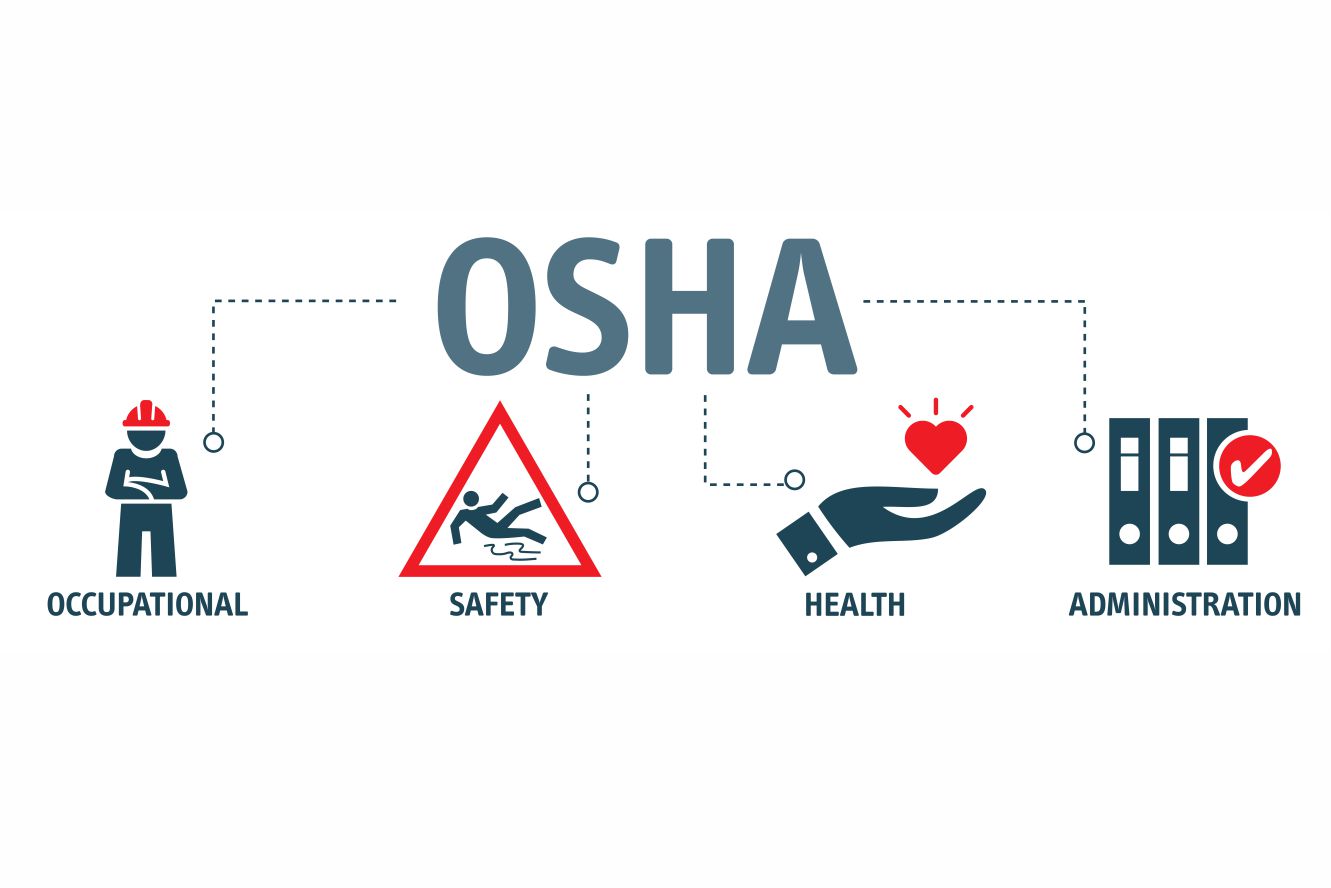
Staying safe on the job should be a top priority for every worker, no matter what industry they are in. Workplace accidents can cause serious injuries or even fatalities, leading to financial losses for companies. That’s why it’s vital to understand OSHA regulations and best practices for staying safe on the job.
OSHA (Occupational Safety and Health Administration) is a federal agency created to ensure employees’ safe and healthy working conditions. OSHA sets and enforces safety standards, provides OSHA training courses to employers and employees, and investigates workplace accidents. By understanding OSHA regulations and following best practices, workers can minimize their risk of injury and stay safe on the job.
The first step to staying safe on the job is to be aware of the hazards that exist in your workplace. Hazards can include anything from machinery and equipment to hazardous chemicals and materials. Employers are required by OSHA to identify and assess workplace hazards and to implement safety measures to minimize or eliminate them.
Workers should also be trained on how to safely use equipment and machinery, as well as how to handle hazardous materials. OSHA requires employers to train their employees on these topics, but workers should also take the initiative to educate themselves on the hazards of their job and how to work safely.
Another critical aspect of staying safe on the job is using personal protective equipment (PPE) when necessary. PPE includes hard hats, safety glasses, gloves, and respirators. OSHA requires employers to provide PPE to their employees when necessary, but workers should also be proactive in using PPE when it is needed.
In addition to these basic safety practices, there are many OSHA regulations that workers should be aware of. These regulations cover everything from fall protection and electrical safety to hazardous communication and respiratory protection.
Fall protection is a significant area of focus, as falls are one of the leading causes of workplace injuries and fatalities. OSHA requires employers to provide fall protection for workers working at heights of six feet or more. Fall protection can include guardrails, safety nets, and personal fall arrest systems.
Electrical safety is also a significant concern, as electrocutions and electrical burns can be fatal. Therefore, OSHA requires employers to provide training on electrical safety and to ensure that electrical equipment is maintained correctly and grounded.
Hazardous communication is another important area of focus, as workers may be exposed to hazardous chemicals and materials in their jobs. OSHA requires employers to provide information on the hazards of these materials and training on how to handle them safely.
Respiratory protection is also important for workers exposed to airborne hazards like dust, fumes, or gases. Therefore, OSHA requires employers to provide respiratory protection when necessary and to ensure that respirators are properly maintained and fitted.
Following OSHA regulations and best practices for staying safe on the job are essential for minimizing the risk of workplace accidents and injuries. Employers are responsible for providing employees with safe working conditions and OSHA 30 training courses on how to work safely. Still, workers are also responsible for taking the initiative to educate themselves and use PPE when necessary.
In addition to these basic safety practices, workers can take other steps to stay safe on the job. This might include taking regular breaks to avoid fatigue, reporting unsafe working conditions to a supervisor, and cleaning and maintaining equipment properly.
Staying safe on the job is a shared responsibility between employers and employees. By understanding OSHA regulations and best practices for workplace safety, workers can help ensure that they stay safe and healthy while on the job.



